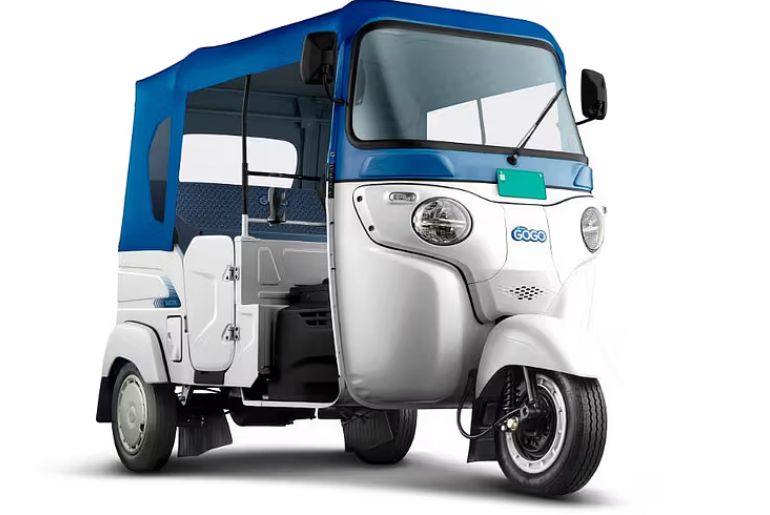Bajaj Auto has announced its entry into India’s fast-growing e-rickshaw segment while reporting a 5% year-on-year rise in standalone net profit for the first quarter of FY26. The automaker also narrowly avoided a complete halt in electric vehicle (EV) production, following supply chain disruptions due to a shortage of high rare earth (HRE) magnets from China.
The company adapted quickly by switching to low rare earth (LRE) magnets, enabling it to continue producing 50–60% of its two-wheeler EV output and up to 75% of its three-wheelers as scheduled.
In terms of financials, Bajaj Auto’s standalone net profit rose to ₹2,096 crore, while consolidated profit after tax (PAT) increased by 14% to ₹2,210 crore, up from ₹1,942 crore in the same quarter last year. Consolidated revenue for the quarter stood at ₹13,133 crore, reflecting a 10% year-on-year growth, while standalone revenue rose 6% to ₹12,584 crore.
Despite a decline of 8% in domestic sales, the company’s export volumes surged 16% year-on-year, driven by strong demand in Africa, Latin America, and Southeast Asia. This helped offset the domestic weakness, with total vehicle dispatches increasing by approximately 1% year on year.
EBITDA margins stood at 19.7%, slightly lower than the previous quarter, attributed mainly to weaker dollar realisations impacting export profitability.
In a major strategic move, Bajaj Auto also announced its foray into the electric rickshaw market, aiming to tap into a segment that sees sales of nearly 45,000 units per month in India. The company plans to leverage its electric platform to offer a reliable, locally built alternative for last-mile urban mobility.
This diversification is seen as part of Bajaj Auto’s broader plan to expand its EV portfolio amid ongoing challenges in the global EV supply chain and rising competition in the domestic market.

